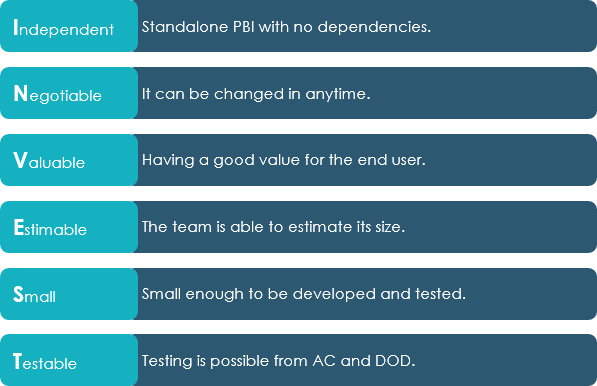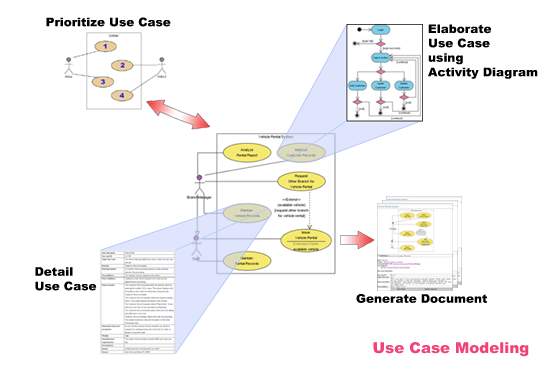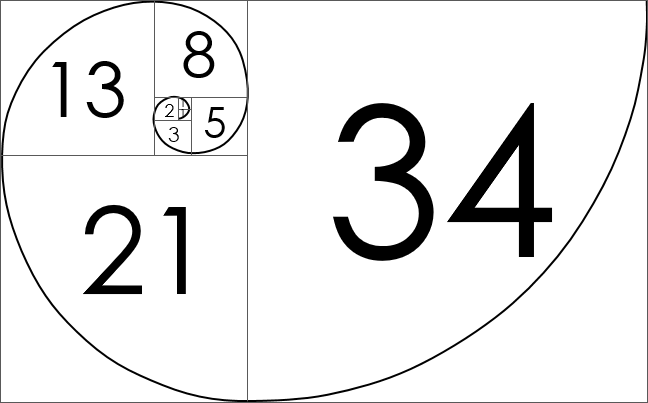The INVEST as a reminder of the characteristics of a good quality Product Backlog Item (PBI) (or user stories) commonly written in user story format. But what are characteristics of a good user story? The acronym “INVEST” can remind you that good stories should be
Continue reading









